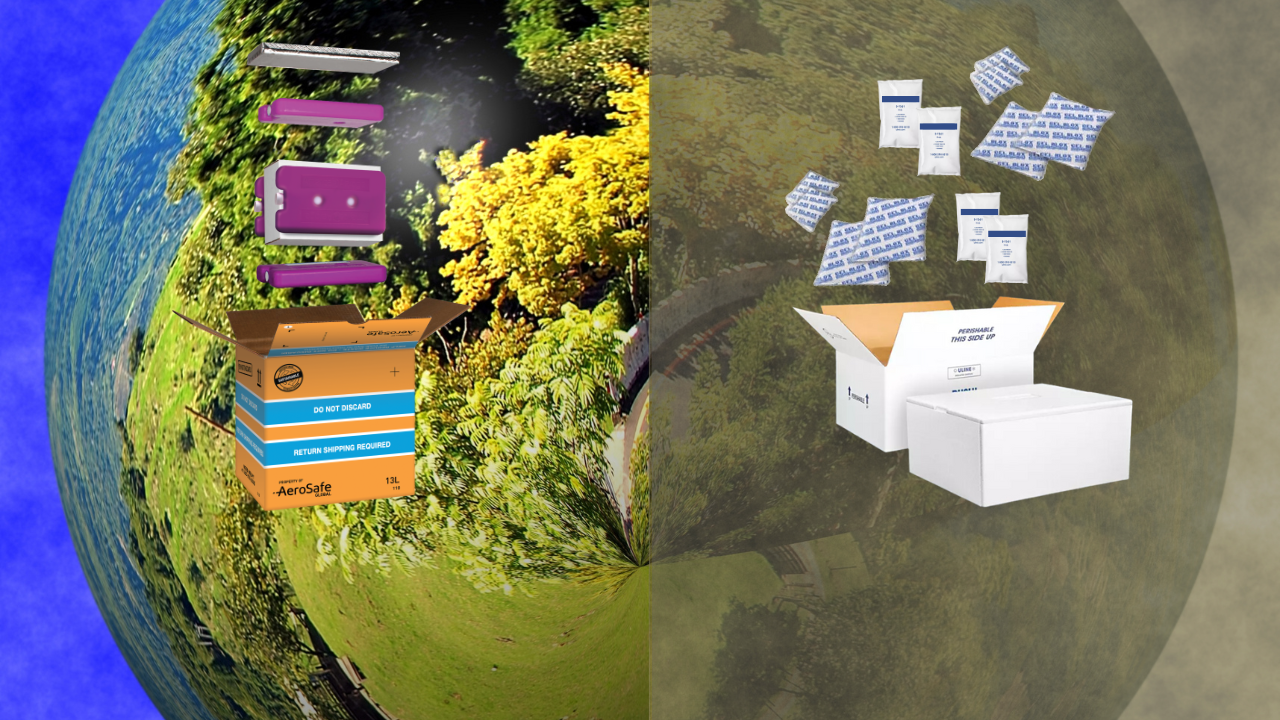Breaking it down: Reuse versus single-use direct comparison
Many of the latest clinical breakthroughs are temperature sensitive, leading to significant growth of the pharmaceutical cold chain industry. Immunotherapy, cell and gene therapies, and GLP-1 agonists are all relatively new treatments delivering positive impact for patients. As a result of these product introductions, the cold chain market size is expected to expand by over $10B in the next few years.
As therapeutic approaches to pervasively challenging disease states have emerged, so have improved cold chain product and service offerings. It is an absolute necessity that the strict temperature profiles of cutting-edge therapies are maintained from packaging and distribution all the way through to patient administration. In response to expanding demand for thermal supply chain capabilities, innovation around the cooling, packaging, and tracking of vital, high-value, treatments has accelerated.
Despite the resounding response of the pharma cold chain marketplace to meet increasing demand with high-tech solutions, there is still a surprising amount of one very simple material involved in supply chain logistics: expanded polystyrene (EPS), better known as Styrofoam. EPS has long been identified as highly problematic for the natural environment. This is why some US states are taking steps to ban certain uses of the material. However, legislation tends to allow special provisions for medical-related applications of EPS.
Proponents of EPS will argue that the material provides excellent insulation, is lightweight and easily configurable. Yet these ‘benefits’ are readily nullified when compared with robust reusable shipping containers. To understand the extent to which a thermally superior reusable container drives measurable “green” savings, consider the real-world experience of a single shipment. In this case, a 23-liter container engineered for a 72-hour shipment duration at the refrigerated temperature range (2-8 degrees Celsius/36-46 degrees Fahrenheit). For comparison, a Styrofoam box capable of holding the same amount of product for the same duration and same temperature.
Our analysis, detailed in a comparative case study available here, revealed the following ESG results:
70% reduction in Carbon per shipment
77% percent reduction in water per shipment
55% less energy utilized per shipment
94% less landfill space required per shipment
As manufacturers grapple with how to achieve Scope 3 carbon reductions – emissions outside of direct control that are estimated to account for 80% of overall biopharma corporate carbon emissions -- reuse can pay ESG dividends and rapidly. With the rest of 2024 looking poised to be as warm if not warmer than 2023, “the hottest year in recorded history,” there is great urgency to act fast when it comes to carbon reduction along with other vital resource conservation efforts.
If you are looking to transition to reuse for your cold chain needs and are not sure where to begin, contact us today. We can walk you through the financial benefit of such a switch, in addition to the ESG benefits detailed in our comparison case study. We can also share operational best practices as experienced by our biopharma customer base.
